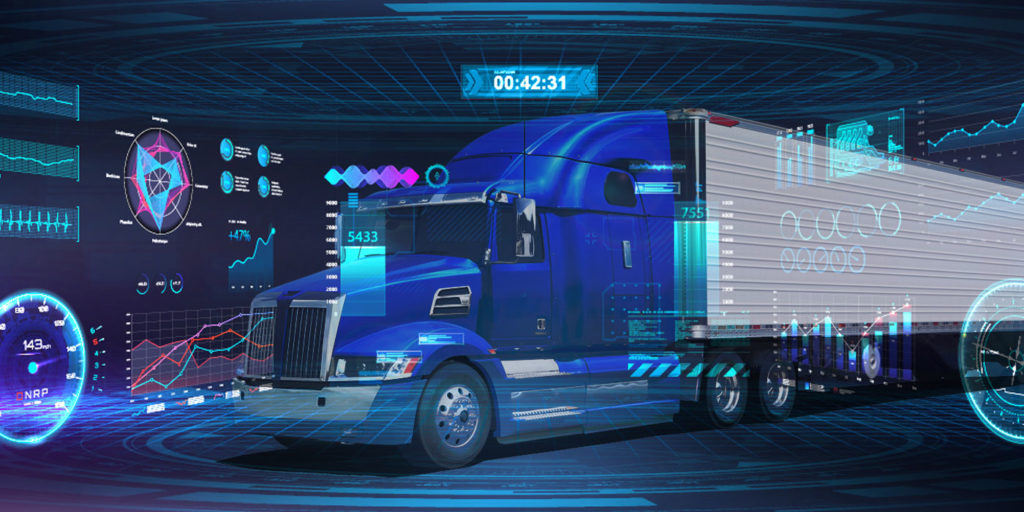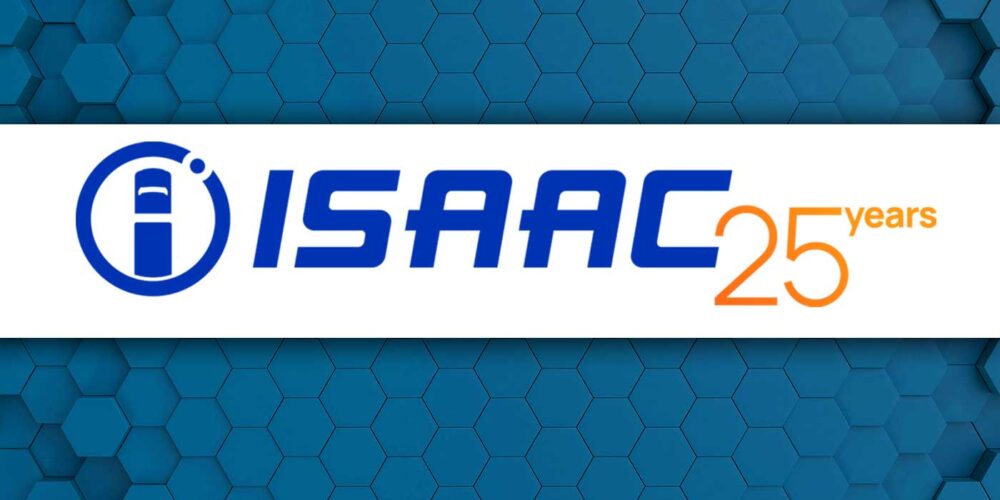Monetizing the influx of data collected from smart vehicle fleets will become the industry standard in coming years, helping define the future of transportation. Utilizing vehicle data is already in full motion: Telematics solutions providers (TSPs) offer fleet managers a variety of ways to monitor their vehicles by tracking truck movements on their daily routes, electronically keeping tabs on fuel levels, checking how many miles are driven on any specific day and gleaning information regarding busy vehicles so as to optimize future schedules, etc.
If used properly and converted into actionable insights, vehicle data is a veritable gold mine for fleet managers, helping them keep tabs on and manage their professional vehicles with much greater efficiency.
The data revolution
Frost & Sullivan estimates that OEMs can generate $33B revenue from monetizing vehicle data by 2025. But before this forecast can come true, the industry still needs to overcome immense challenges. Data analytics can help fleets in numerous ways. By reducing repair costs: Ford CEO recently announced that the company will harvest vehicle data not only to tackle increasing warranty claim costs, but also to catch problems faster – in minutes rather than months in some cases–and fix them with over-the-air software updates.
In commercial fleets, data can ease some of the problems plaguing trucks, such as underinflated tires. While this may not sound too critical of an issue, accurate tire inflation measurements can have a real impact on the bottom line of fleet operators because tires underinflated by just 2% can lead to excessive wear and increased fuel consumption. Data’s positive impact on cost effectiveness and safety are unmistakable, especially given that studies suggest that tires have an impact on 40% of vehicle operating costs.
Underutilized data
Traditional TSPs use limited data to optimize fleet activity and are unable to keep up with the latest, fast-moving developments in the automotive industry. These solutions can be vastly improved with the adoption of AI and Machine Learning technology that leverage big data to deliver predictive and automated decision-making capabilities.
At the vehicle level, AI-based data analytics software can help assess vehicle health in real time – allowing fleet owners to address potential malfunctions in each and every vehicle before they hinder their ability to operate – and significantly reduce repair costs. Ideally, such software could even direct vehicles to the nearest service station.
At the fleet level, AI can help optimize routes and mission planning, help reduce fuel consumption, and more.
Current solutions used by most TSPs though helpful, are limited in scope as they mostly monitor vehicles’ status and report malfunctions after they happen, with limited-to-no remote diagnostic capabilities.
The what and why of big picture analytics
To take full advantage of the treasure trove of data that smart cars already provide and will continue to provide in years to come, a new approach is needed. The ideal fleet management solution focuses both on the fleet as a whole and on each vehicle within.
AI and deep learning technologies can fill in these missing pieces for TSPs, enabling them to further optimize their fleet data analyses. AI-driven tech will perform real-time data analyses and provide accurate prognoses for future vehicle health events, allowing fleets to pre-emptively treat potential issues.
Furthermore, AI-based edge analytics deployed on board the vehicles can analyze data from multiple onboard sources and thousands of signals in real time–from the engine and battery to the braking system, emissions, and beyond–such technology will be able to process and make sense of the data in order to provide fleet managers with essential insights. Case in point: real time monitoring of the vehicle powertrain can provide early detection of engine malfunction and by extension impending engine failure, thereby minimizing expensive repairs and unnecessary downtime.
In an age where data is king, fleet owners should move from traditional approaches to data analytics powered by AI and Deep Learning technologies. This will enable them to focus on the needs of each vehicle as well as the entire fleet, predicting individual and large-scale problems before they become serious and costly. Merging AI and Deep Learning technologies with the advanced telematics tools already in place will be key to monitoring and maintaining vehicle health as well as transforming data into a constant flow of meaningful, actionable, and cost-saving measures for fleets.
Erez Lorber is CEO of Questar, an AI-driven solution providing fleet owners, automakers, and Tier-1 suppliers with cutting-edge vehicle management solutions.













